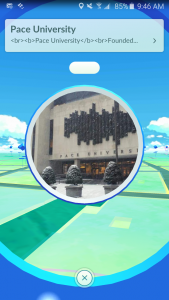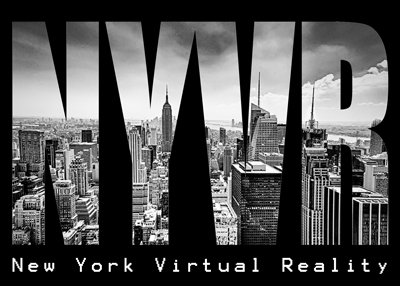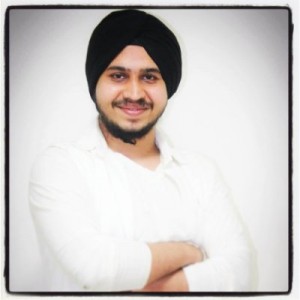 On October 1 and 2, Harpreet Wasan along with his team, ISSIE (ISSIE = International Space Station Interesting Exercise), will be traveling to the World Maker Faire, a huge event that gathers students, tech enthusiasts, engineers, educators, creators, commercial exhibitors, and more from all over the country and allows them to present and share the latest projects and products they have built. This is Harpreet’s first time attending Maker Faire and he and his team are looking forward to presenting their project, which is centered around augmented reality and virtual space.
On October 1 and 2, Harpreet Wasan along with his team, ISSIE (ISSIE = International Space Station Interesting Exercise), will be traveling to the World Maker Faire, a huge event that gathers students, tech enthusiasts, engineers, educators, creators, commercial exhibitors, and more from all over the country and allows them to present and share the latest projects and products they have built. This is Harpreet’s first time attending Maker Faire and he and his team are looking forward to presenting their project, which is centered around augmented reality and virtual space.
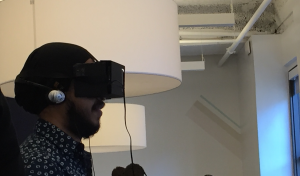 Their concept is centered around physical activity for astronauts. Bones get weak while in space and they lose their density. The team has come up with an intergalactic space game that will keep astronauts constantly active while out in space. The interactive video game uses augmented reality to recreate a space environment. Through a Microsoft HoloLens headset, astronauts will see their actual surroundings and augmented reality objects such as aliens, planets and other space elements as if they are actually present. If you’ve ever wanted to pose
Their concept is centered around physical activity for astronauts. Bones get weak while in space and they lose their density. The team has come up with an intergalactic space game that will keep astronauts constantly active while out in space. The interactive video game uses augmented reality to recreate a space environment. Through a Microsoft HoloLens headset, astronauts will see their actual surroundings and augmented reality objects such as aliens, planets and other space elements as if they are actually present. If you’ve ever wanted to pose 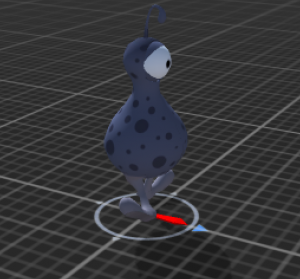 beside a virtual reality alien, this is the game for you. Pretty cool huh?
beside a virtual reality alien, this is the game for you. Pretty cool huh?
The project started in Spring ‘16 when Harpreet attended the NASA Hackathon. Here, he met Michael Doyle, a technology manager, and his 9-year-old daughter Laura, who came up with the idea of a workout in virtual space. Harpreet and a few other students, from different states within the country, became interested and wanted to work on this project.
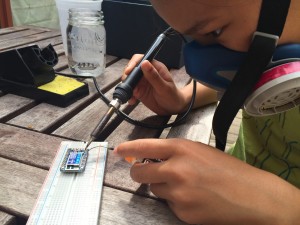 After doing some crowdfunding on Fiat Physica, ISSIE got to work creating the game on HoloLens in their lab space, ISSIE Labs, which is where the team meets, have hackathons and work on perfecting the game. They will soon need volunteers to try them and give some feedback – comment below if you’re interested!
After doing some crowdfunding on Fiat Physica, ISSIE got to work creating the game on HoloLens in their lab space, ISSIE Labs, which is where the team meets, have hackathons and work on perfecting the game. They will soon need volunteers to try them and give some feedback – comment below if you’re interested!
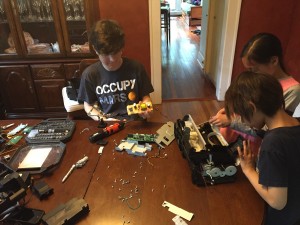 We can’t wait to hear about how ISSIE does at the World Maker Faire. Stay tuned to see how they get on!
We can’t wait to hear about how ISSIE does at the World Maker Faire. Stay tuned to see how they get on!


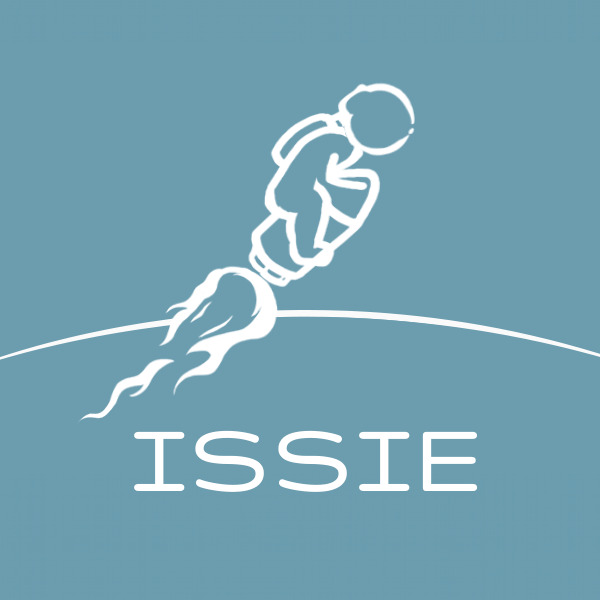
![Pokemon Go brings all our dreams to [augmented] reality](https://seidenbergnews.blogs.pace.edu/files/2016/07/Screenshot_2016-07-07-08-47-20_resized-tc8hsp-e1467902179191.png)

